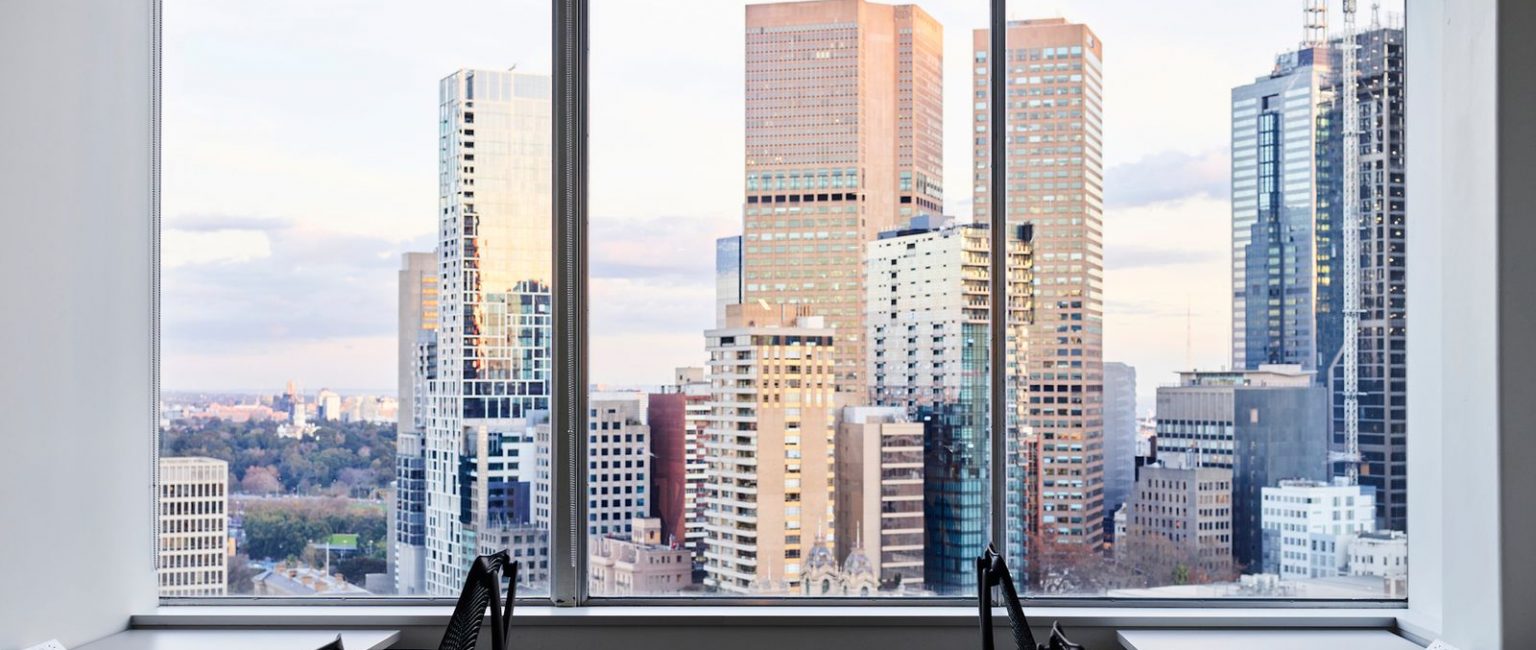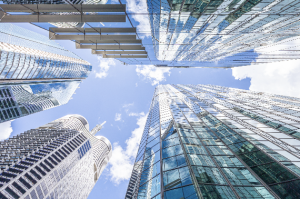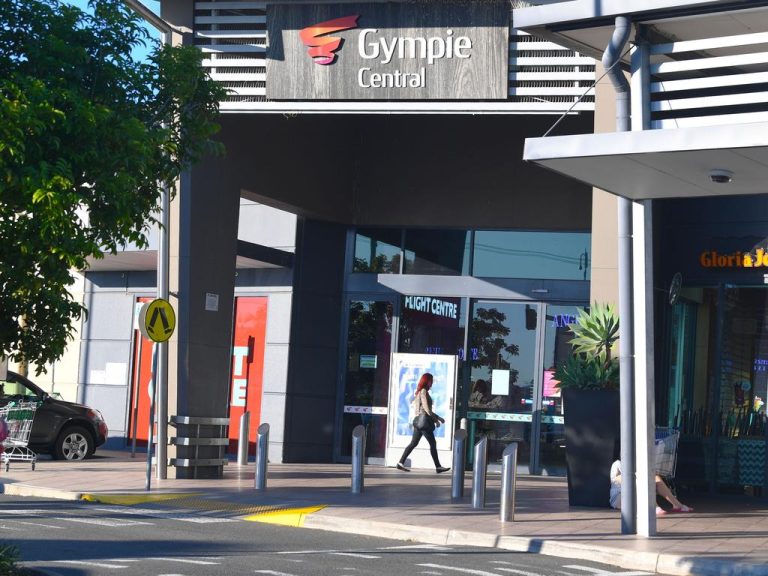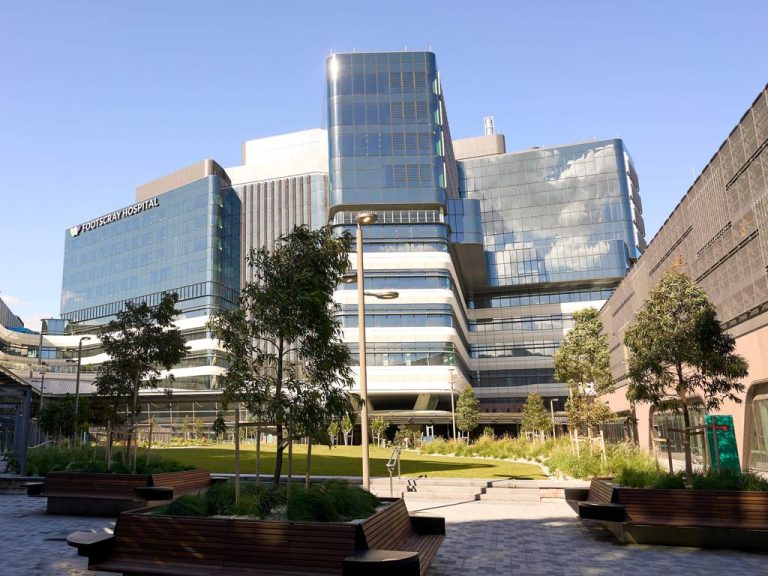What type of commercial property I should buy?

There is no single ideal answer when it comes to deciding which commercial property to invest in, with every sector offering a different range of pros and cons.
Investing in commercial property is also far more complex than investing in residential property.
Therefore, industry experts advise investment newcomers to do their research and obtain astute advice while recognising that key points such as location and accessibility are still crucial to commercial investment success.
Are commercial properties a good investment?
Commercial properties are often regarded as less risky than their residential counterparts, enjoying higher rental returns and longer leases, while tenants also pay for all outgoings.
On the flip side, you will need a deposit of at least 30% and tenants are harder to find, which may leave your commercial investment vacant for longer.
Demand for commercial properties including rates and returns also depend largely on the overall economy.
What are the different types of commercial property?

Offices are one of several investment opportunities that newcomer investors can choose from. Picture: Getty
The main asset classes in commercial property sectors are offices, retail and industrial.
Bear in mind there are also specialised sub-sections in these categories such as service stations, pubs and childcare centres, and this is not forgetting medical and healthcare.
“There are opportunities for investors across all sectors, but commercial investing is really just about being astute and understanding this market,” Will Carman of Savills Brisbane said.
“Investors tend to look at what the income is, rather than what the asset is and what it’s worth if the tenant vacates,” he said.
“I think people see a tenant and think, ‘They’re paying $60,000 a year so I’ll just capitalise this out at a yield and that makes a property worth $800,000’.
“But that’s not necessarily the case because if a tenant moves out, what’s the property going to be worth as a vacant building?”
Offices
Mr Carman said post-COVID, the office sector had definitely struggled the most, with question marks around occupancy rates and uncertainty around what future office spaces could entail.
“But there’s still a lot of small businesses out there that need to occupy space and people are still going to be in the office,” Mr Carman said.
“It really depends on the location of the office and the tenant as well.
“So investors don’t necessarily need to stay away from office spaces – they just need to be a little bit more certain about what they’re doing.”
CBRE Melbourne’s Nathan Mufale added that the office sector, in the Victorian capital at least, had always been a very attractive investment class.
The associate director of city sales and development sites explained that the success of an office investment depended largely on the quality of the lease covenant and the office’s fit-out.
“Office assets with good underlying landholdings are extremely well sought-after because there’s just a real lack of supply of quality assets in blue-chip locations,” Mr Mufale said.
Retail
“Strip shops always going to be around but they’ve definitely struggled with less consumer demand and especially with online,” Mr Carman said.
“There’s always been a question mark around physical shops versus online.”
However, a lack of supply and low interest rates are enticing newcomer investors to snap up small-time retail opportunities, according to Mr Mufale.
He advised such investors to still ensure they had a quality lease – including any covenants pertaining to the land or more personal details – as well as stable tenants.
Industrial

The industrial sector is now the darling of commercial property. Picture: Getty.
“Traditionally, the industrial sector hasn’t gone so well but out of COVID, it’s definitely become the darling of commercial property,” Mr Carman said.
“There’s a proven case for low rent reductions and limited rebates, and yields have compressed more than in any other sector.
“Construction has been deemed to be essential and there’s always going to be a need for manufacturing and infrastructure, which has meant this sector has just performed better and better.”
What are the pros and cons of each sector?
Every commercial asset class features a different, extensive range of ups and downs.
For inexperienced investors, exploring both the good and bad of each sector is crucial.
Office opportunities
“Providing you’ve got a stable tenant, a freehold land component and a decent lease tenure, offices are a fantastic investment,” Mr Mufale said.
“There’s such strong buyer depth for them.
“Even if the property does need capital expenditure invested into it, it’s only a positive because then you realise the upside in value.”
Meanwhile, Mr Carman believes one of the top benefits to offices is the opportunity for capital growth, with fit-out changes just one example of how to enjoy this profit.
He added that office assets also had the opportunity to attract tenants through substantial re-letting incentives such as rent-free periods.
Office obstacles
Continued questions around the office sector amid COVID changes have seen this asset class struggle, with many people now working remotely from home as part of the pandemic changes and challenges.
But in Melbourne, offices are hot property, according to Mr Mufale, who said one of the only negative points to investing in office space was the lack of supply.
“This is creating a lot of demand for office investments,” he said.
Retail strengths

Retail strip shops have plenty to offer investment newcomers. Picture: Getty
Along with the office asset class, retail is experiencing a resurgence of market activity after a highly subdued 2020, Mr Mufale explained.
As with office assets, retail offers many opportunities for capital growth which is also a great benefit, according to Mr Carman.
“You can really value add up something, like getting different tenants in there and creating a different fit-out and changing it from strip retail to restaurants to cafes,” he said.
“So you can bump up the rents and get some real capital upside.”
As well, and as with office assets, retail properties can attract tenants through re-letting incentives.
Retail weaknesses
Mr Carman explained many retail strip shops were now moving into industrial spaces to limit their overheads.
“Traditionally, a smaller business would have a 40 square metre retail shop plus 200 square metres of industrial warehouse,” he said.
“I think they’re now saying, ‘Let’s just have a 250 square metre industrial warehouse and have that retail facility at the front’.”
Mr Mufale said that as with office space, a lack of retail supply was resulting in high demand.
Industrial benefits
“From a cash flow security point of view, industrial assets are definitely the way to go,” Mr Carman said.
“They’re simple, they’re easy to manage and there are no extravagant fit-out costs which you have in retail and office properties.”
COVID has also seen a skyrocketing increase in online shopping and as a result, the need for larger warehouse and supply chain areas.
Mr Carman added that continued tenancies and cash flows were almost guaranteed as well.
“You’re always going to have a tenancy and you’re always going to have a decent cash flow just from the nature of the sector,” he said.
“The rents in industrial sheds have been between $100-$150 per metre for years and years.
“This might increase if the demand increases but that’s still around the mark.”
Industrial drawbacks
One of the very few disadvantages of investing in industrial assets is the lack of value add opportunities, according to Mr Carman.
“You don’t really see capital growth in this sector and certainly not as much as you would with retail,” he said.
“But it is what it is.”







